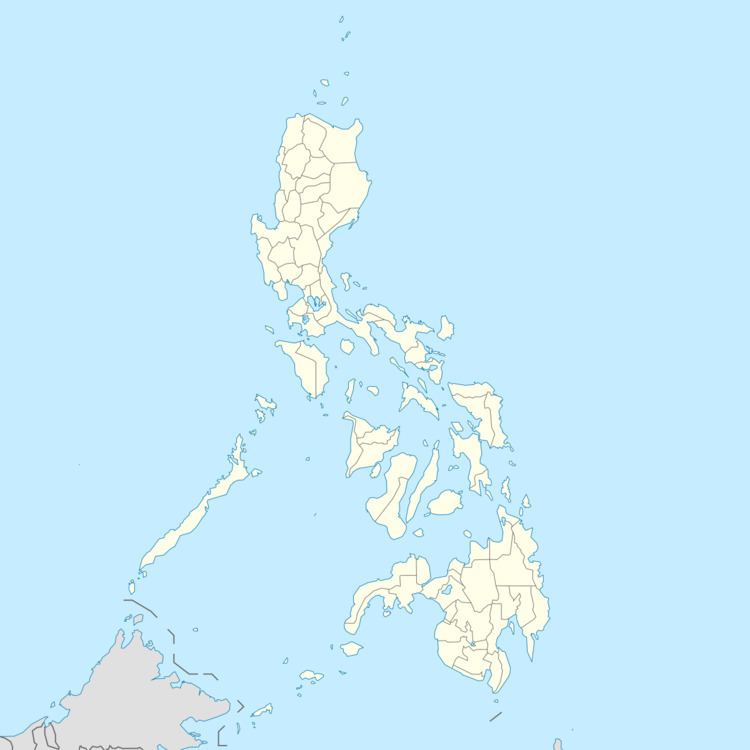Country Philippines Incorporated (settlement) 1969 Zip Code 4805 Area code 052 | City Viga, Catanduanes Time zone PST (UTC+8) Population 1,183 (Aug 2015) Province Catanduanes | |
 | ||
Region Bicol Region (Region V) | ||
Barangay San José or most commonly known as Barangay Oco (PSGC: 052010023) is one of the thirty-one (31) barangays and among the two (2) urbanized barangay of Viga in the province of Catanduanes, Philippines. It lies for about 22 kilometers away from the Provincial Capital Virac, 2.4 kilometers from town proper of Viga and with the distance of 16 kilometers to the nearby town of San Miguel. According to the latest census, it has a population of 1,163 inhabitants (grew from 1,040 in Census 2007). In August 2015 census, the population grew +0.33% from 1,163 to 1,183 inhabitants.
Contents
- Map of San Jose Oco Viga Catanduanes Philippines
- Etymology
- Demography
- Teniente Del BarrioCabesa de Barangay
- Barangay Captains 1970 2013
- Current Elected Barangay Officials
- References
Map of San Jose Oco, Viga, Catanduanes, Philippines
The Barrio Oco was changed to Barangay San Jose with the passage of R.A. No. 5561 on June 21 of 1969.
Etymology
The site of the original settlement of Viga was at Caviga-e now called Viga. It was believed that a group of tribesman led by certain “Abines” from mainland was the first settlers. Due to frequent moro depredations, they fled some four kilometers inland and settled in the place where most of the inhabitants were found to be relatively shorter in height than the size of ordinary natives akin to pygmies, the primitive inhabitants that originally settled in northern Luzon. They called the place “Oco” in reference to short people or dwarfs.
In the later part of 16th century, a group of Spaniards believed to be a segment of Juan de Salcedo’s expedition reached the place and subdued the natives. They built a military encampment just at the junction call “Burdang” where streams meet and formed Oco River, and extended up to the lowlands. The Spaniards named the settlement Pueblo de San Jose de Oco, means “Town of San Jose of Oco”. When moro stopped their plundering activities, the settlers moved back to the lowlands where the soil was more fertile. They selected an area where herbaceous giant gabi-like-plants which they called “Marviga” abundantly grew. The settlers became a mixed stock as a result of the enter-marriages between the natives migrating tribesmen.
An Augustinian friar named Francisco Putiocan became the first Catholic Priest and recognized leader. The Spaniards called the settlement “Viga” a shortened name for Marviga. With the advent of the Spanish civil rule, the inhabitants were easily converted to the catholic faith. As time went on they felt however, the strain of Spanish cruelties. When the Philippine Revolution broke out, many able-bodied natives joined the nationalistic movement and fought the colonizer. They were known as the insurrectos and closely identified with the revolutionary movement called Katipunan.
Caviga-e is now today the poblacion of the town of Viga while Pueblo de San Jose de Oco became the Barangay San Jose today. The Barrio Oco was changed to Barangay San Jose with the passage of R.A. No. 5561 on June 21 of 1969
Demography
According to 2010 Census, it has a population of 1,163 inhabitants, grew from 1,040 in Census 2007. August 2015 census the population grew for at least +0.33% making 1,183 total inhabitants.nscb
Teniente Del Barrio/Cabesa de Barangay
Elected Officials 1945 - 1969
Barangay Captains 1970-2013
OFFICIAL FAMILY OF HON. RIZALINO O. TUPLANO
Tenure in office: (On or before) 2004-2013
Sangguniang Barangay Members
Barangay Secretary
Barangay Treasurer
[1]List of Barangay Officials(2007-2013)
Current Elected Barangay Officials
OFFICIAL FAMILY OF HON. ALEX L. ALCANATARA
Tenure in office: (On or before) 2013–Present
Sangguniang Barangay Members
Barangay Secretary
Barangay Treasurer
